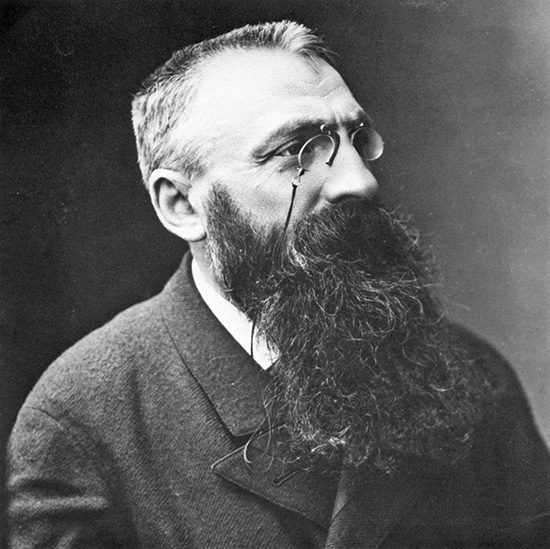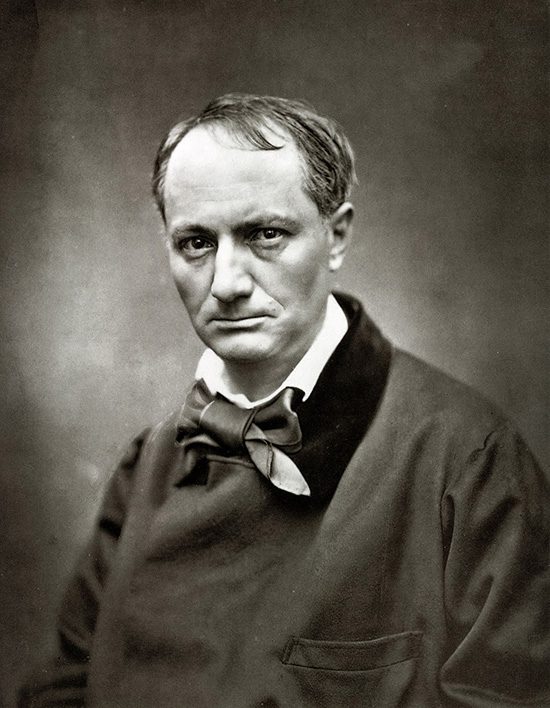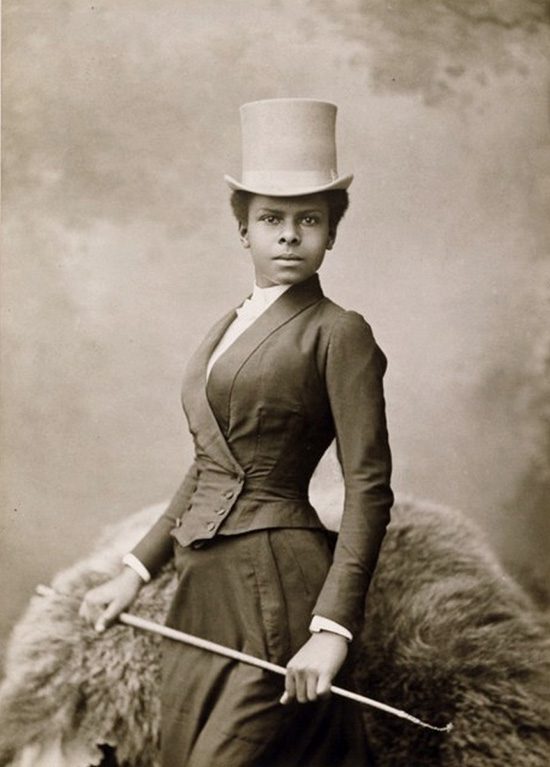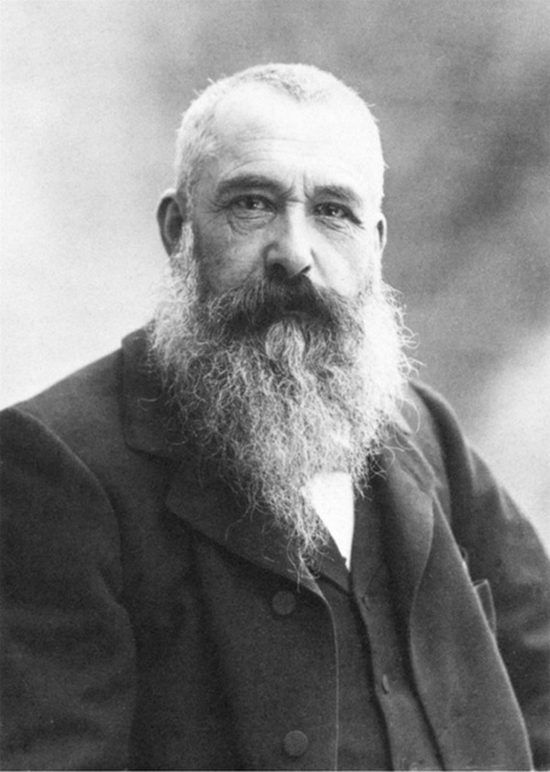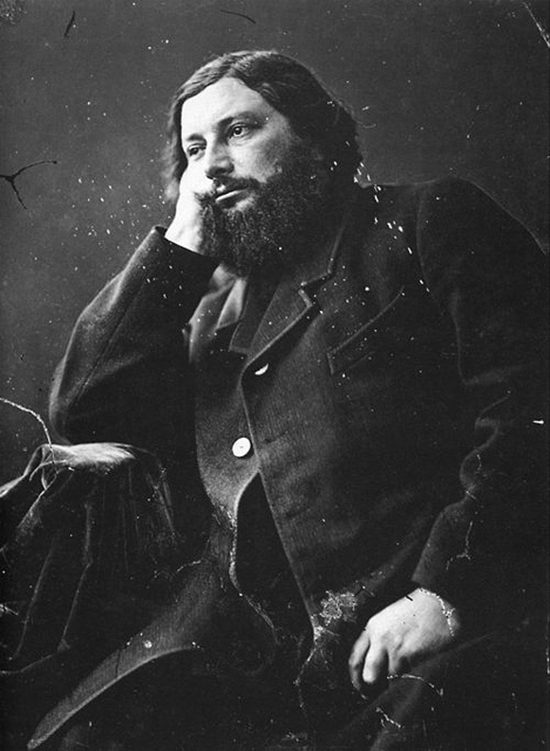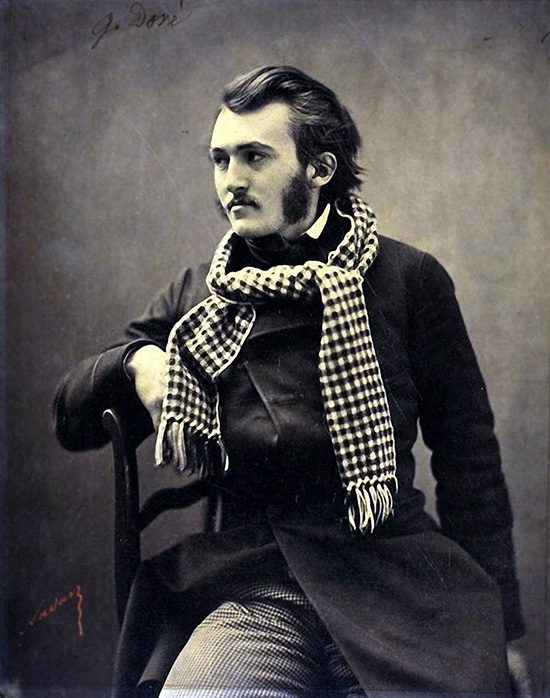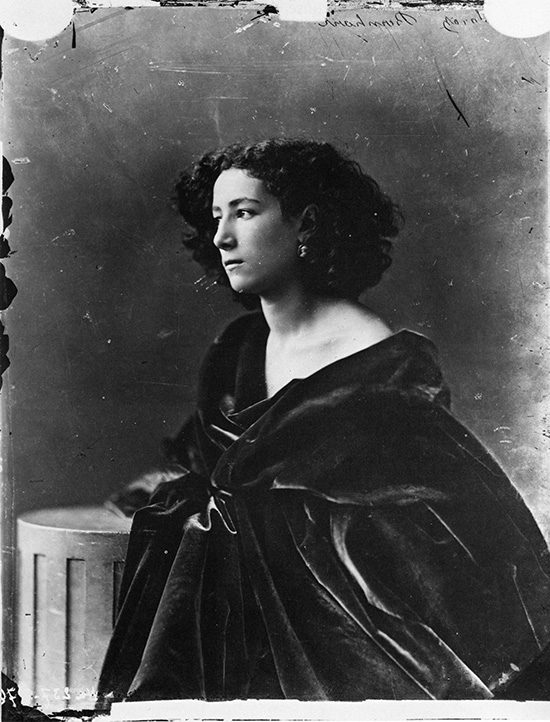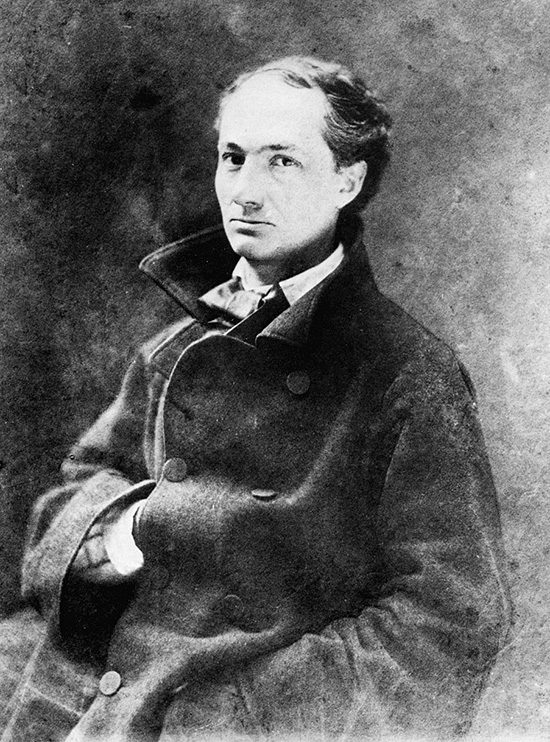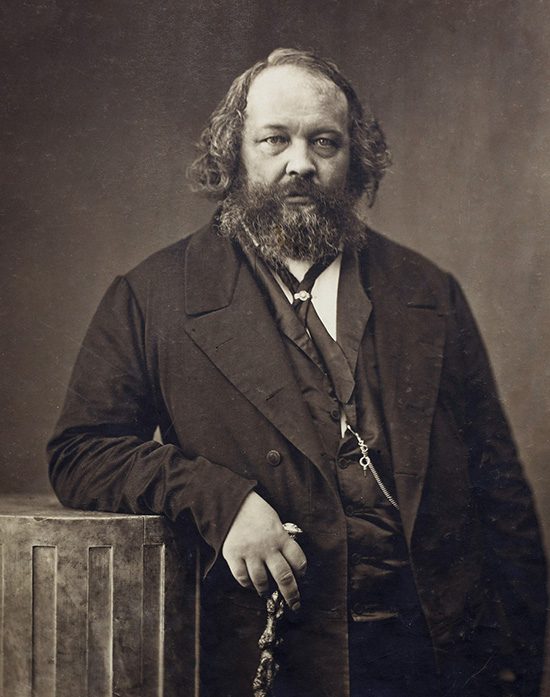PHOTO:Nadar
 Gaspard Félix Tournachon known as Nadar (6/4/1820-23/3/1910) wasn’t just gifted artistically, he was technically ahead of his time, he had the ability to understand his subjects psychologically, the first to routinely use electric lights, and the first aerial photographer, he wrote books and hundreds of articles, he was the top editorial cartoonist in Europe, and sort of established the first airmail service. He gave the Impressionist their first exhibition largely because he knew it would upset all of the Paris art critics.
Gaspard Félix Tournachon known as Nadar (6/4/1820-23/3/1910) wasn’t just gifted artistically, he was technically ahead of his time, he had the ability to understand his subjects psychologically, the first to routinely use electric lights, and the first aerial photographer, he wrote books and hundreds of articles, he was the top editorial cartoonist in Europe, and sort of established the first airmail service. He gave the Impressionist their first exhibition largely because he knew it would upset all of the Paris art critics.
By Dimitris Lempesis
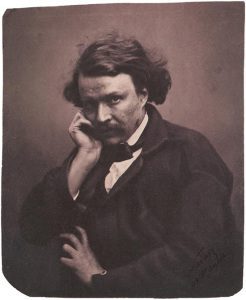 As a young man, he studied medicine in Lyon, but, when his father’s publishing house went bankrupt in 1838, he was forced to earn his own livelihood. He began to write newspaper articles that he signed “Nadar”. In 1842 he settled in Paris and began to sell caricatures to magazines. From work as a caricaturist, he moved on to photography, particularly portraits. He opened his photography studio in rue Saint Lazare in 1854 and moved to 35 Boulevard des Capucines in 1860. Nadar photographed a wide range of personalities: politicians (Guizot, Proudhon), stage actors (Sarah Bernhardt), writers (Hugo, Baudelaire, Sand, Nerval, Gautier, Dumas), painters (Corot, Delacroix, Millet), and musicians (Liszt, Rossini, Offenbach, Verdi, Berlioz). His portraits were lit to give a wide dynamic range with strong side lighting on the subject’s face. He insisted on simple backgrounds that focused on the subject and patented a process to fade out the edges of the photograph to a low contrast. He wanted nothing to distract from the subject’s face. He usually insisted they wear dark clothing for the sitting and often hid the subjects hands, placing all emphasis on the face. The result was a strong 3-dimensional effect with a lifelike pose at a time when portraits were generally stiff and uniform. “The theory of photography can be taught in an hour the technique in a day. What can’t be taught is the feeling for light… it’s the understanding of this effect which requires artistic perception. What is taught even less is the immediate understanding of your subject… that enables you to make not just a dreary cardboard copy typical of the merest hack in a darkroom, but a likeness of the most intimate and happy kind”. Nadar wasn’t just gifted artistically, he was technically ahead of his time. While the first electrically lit studio is generally credited to Van der Weyde in 1877, Nadar was using battery powered electric lamps in studio by 1858. Even in his experimentation, Nadar didn’t simply use the lights to allow shorter exposure times, as most who came after him did. It’s obvious from his portraits that he used lights for effect, creating mood and detail that were unusual for portraits of the day. Nadar began ballooning in 1855 was attempting to take aerial photographs from balloons. He had numerous difficulties at first, but eventually discovered that hydrogen sulfide was escaping from the balloon, ruining his plates during development. In 1858 he finally succeeded in making the first aerial photograph. In 186, he obtained permission to photograph both the sewers and catacombs. He did it for several reasons, there was demand for images of these places many people knew of, but few could visit and he wanted to experiment with the battery powered lights he used in his studio. Even with his electric lights, the duration of exposure was too long for him to use human models, so he dressed and posed mannequins as workman, visitors, and others. His photographs of the sewer system were probably made in 1864. He found the sewers even more disappointing than the catacombs, he found the efficient and modernized underground canals of the new Paris sewers simply industrial and efficient. Nadar’s son Paul began taking over the photography studio, and Nadar returned to writing in his later years. He wasn’t quite done originating, though. In 1886 he and Paul published the first Photographic Essay, celebrating scientist Michel Chevreul’s 100th birthday.
As a young man, he studied medicine in Lyon, but, when his father’s publishing house went bankrupt in 1838, he was forced to earn his own livelihood. He began to write newspaper articles that he signed “Nadar”. In 1842 he settled in Paris and began to sell caricatures to magazines. From work as a caricaturist, he moved on to photography, particularly portraits. He opened his photography studio in rue Saint Lazare in 1854 and moved to 35 Boulevard des Capucines in 1860. Nadar photographed a wide range of personalities: politicians (Guizot, Proudhon), stage actors (Sarah Bernhardt), writers (Hugo, Baudelaire, Sand, Nerval, Gautier, Dumas), painters (Corot, Delacroix, Millet), and musicians (Liszt, Rossini, Offenbach, Verdi, Berlioz). His portraits were lit to give a wide dynamic range with strong side lighting on the subject’s face. He insisted on simple backgrounds that focused on the subject and patented a process to fade out the edges of the photograph to a low contrast. He wanted nothing to distract from the subject’s face. He usually insisted they wear dark clothing for the sitting and often hid the subjects hands, placing all emphasis on the face. The result was a strong 3-dimensional effect with a lifelike pose at a time when portraits were generally stiff and uniform. “The theory of photography can be taught in an hour the technique in a day. What can’t be taught is the feeling for light… it’s the understanding of this effect which requires artistic perception. What is taught even less is the immediate understanding of your subject… that enables you to make not just a dreary cardboard copy typical of the merest hack in a darkroom, but a likeness of the most intimate and happy kind”. Nadar wasn’t just gifted artistically, he was technically ahead of his time. While the first electrically lit studio is generally credited to Van der Weyde in 1877, Nadar was using battery powered electric lamps in studio by 1858. Even in his experimentation, Nadar didn’t simply use the lights to allow shorter exposure times, as most who came after him did. It’s obvious from his portraits that he used lights for effect, creating mood and detail that were unusual for portraits of the day. Nadar began ballooning in 1855 was attempting to take aerial photographs from balloons. He had numerous difficulties at first, but eventually discovered that hydrogen sulfide was escaping from the balloon, ruining his plates during development. In 1858 he finally succeeded in making the first aerial photograph. In 186, he obtained permission to photograph both the sewers and catacombs. He did it for several reasons, there was demand for images of these places many people knew of, but few could visit and he wanted to experiment with the battery powered lights he used in his studio. Even with his electric lights, the duration of exposure was too long for him to use human models, so he dressed and posed mannequins as workman, visitors, and others. His photographs of the sewer system were probably made in 1864. He found the sewers even more disappointing than the catacombs, he found the efficient and modernized underground canals of the new Paris sewers simply industrial and efficient. Nadar’s son Paul began taking over the photography studio, and Nadar returned to writing in his later years. He wasn’t quite done originating, though. In 1886 he and Paul published the first Photographic Essay, celebrating scientist Michel Chevreul’s 100th birthday.
